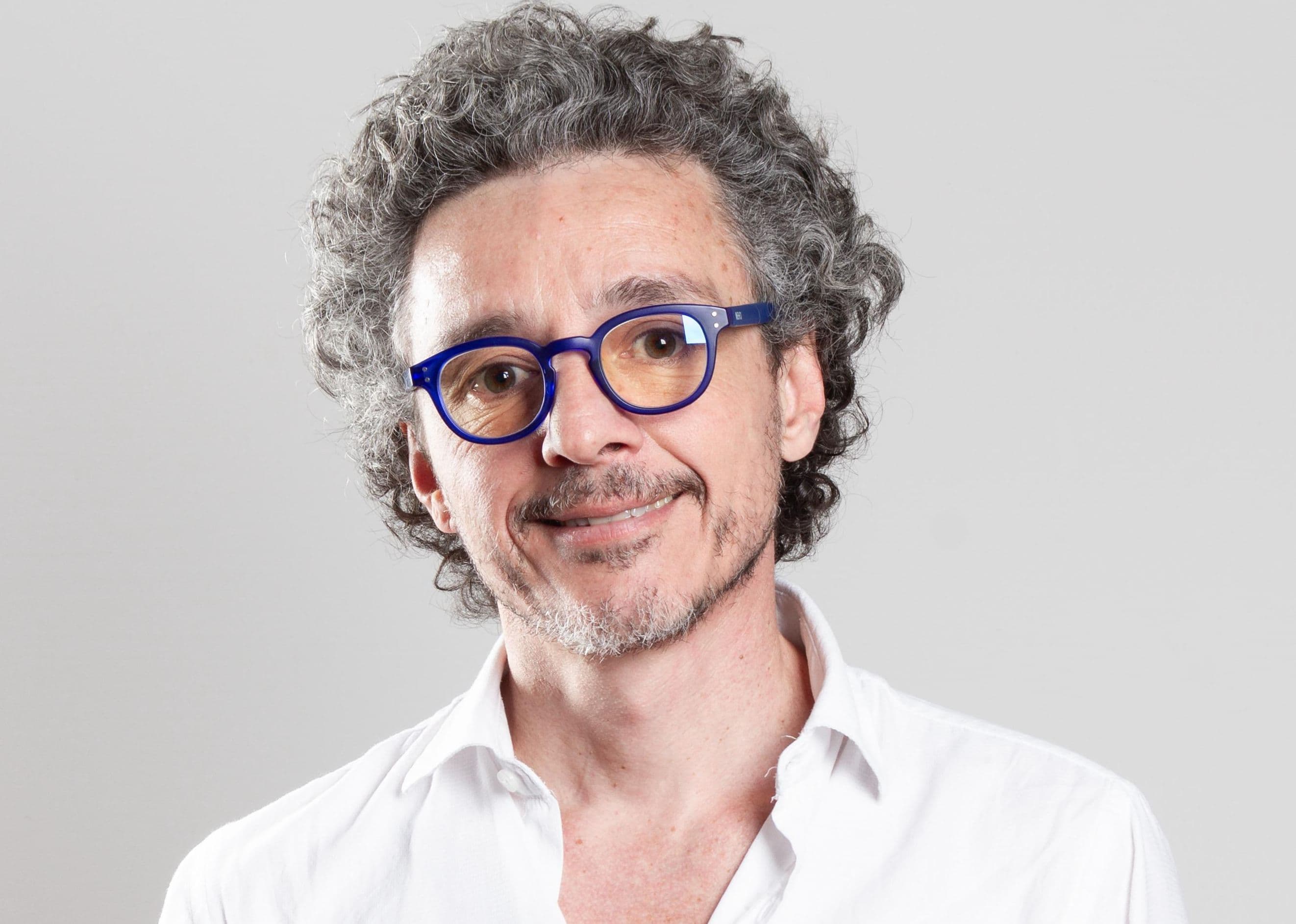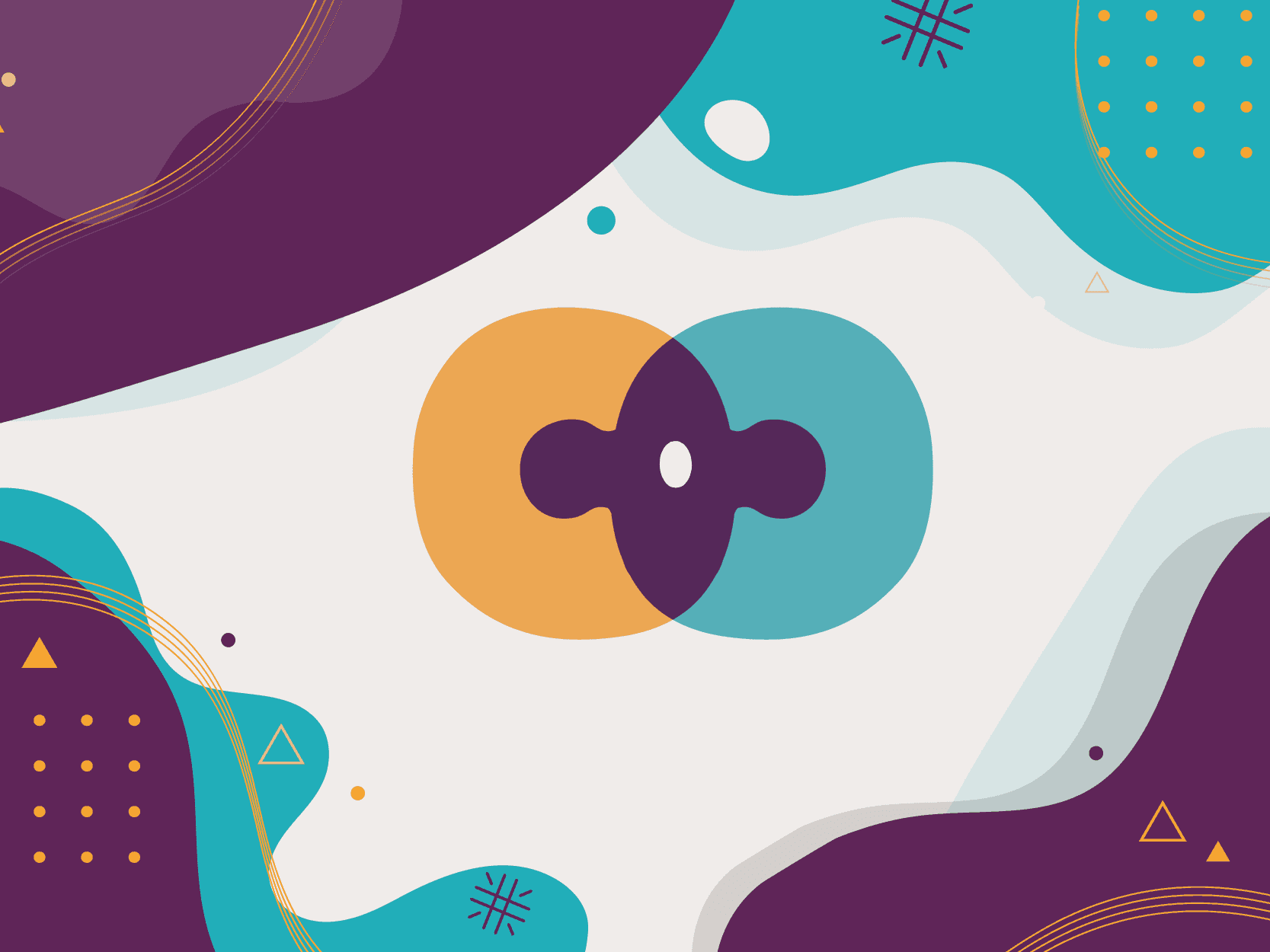
24/04/2025
The university is essential for REthinking and discussing societal issues
By Christian Ullmann, Ambassador of the Circular Movement
In recent decades, discussions and actions around sustainability have become one of the main pillars of education in architecture and design. In this context, the Circular Economy emerges as a new concept/methodology essential for shaping better futures for product manufacturing and construction. But how are universities incorporating these topics into their curricula and preparing professionals for more responsible and regenerative futures?
It has been interesting to follow the market and education over the last two decades and to contribute to the discussion of important topics that are transforming reality and presenting better alternatives for new generations. We must understand that nothing is immediate — everything has its own time for creation, discussion, testing, implementation, market assimilation, and only then will we know if it will succeed or not. That’s why I often say that design does not create solutions, but rather alternatives that society and time will determine to be good solutions or not.
The same applies to universities. Architecture and design programs depend on pre-established curricula, ministerial requirements, university guidelines, course coordination, faculty, and student interest. These many variables, when well-aligned, promote the necessary changes so that each generation of students can, during their university years, develop projects that respond to real societal problems — always with a focus on building better futures.
The integration of new content depends on these different variables and interests. Innovation is one of the key paths — in its three most recognized forms: technological, educational, and behavioral change — and can unfold in sequence, as we have seen over the past 30 years. With each new generation entering the market — in both design and architecture — technological evolution marks historic milestones. This was the case with the computer, which paved the way for specialized design software, followed naturally by digital fabrication.
In the field of design, we have an even more interesting element: digital fabrication, which opens new possibilities for creation, since we no longer need to think only in terms of “industrial” production. Meanwhile, in architecture, construction has always been a very artisanal process, but today it is already possible to approach it in an industrialized way — we can even discuss the 3D printing of houses.
In a society where efficiency, large-scale production, and market demands for profit are major challenges, the university period is essential — it's when we have the time to reflect on and discuss societal issues, the system we are part of, hyperconsumption, how we want to live, and what we envision for the future.
A lot has improved since I was a student, when we only heard about “ecodesign” being developed in Europe. The evolution and inclusion of new concepts are an essential part of the university experience, and ideas around sustainability — and more recently, circularity — are now present in universities: in curricula, discussions, course guidelines, professors, and most importantly, in the demands of the new generations of students, who are most interested in developing changes toward more responsible, diverse, and equitable societies.
Another major change and achievement in university education is the expansion of sources used to discuss and build new ideas. Traditionally, we followed Eurocentric models. Today, we can say that we seek broader and more diverse references, including different points of view, such as those from Indigenous leaderships and worldviews, which often make more sense when searching for new models than contemporary processes or industrial systems. A great example of this is the “Academy” section of the Circular Movement, which brings together materials to explore and deepen knowledge on the Circular Economy.
This is an excellent moment to propose changes from within the university environment — and this is already happening, to varying degrees, across Latin American universities, with the creation of discussion groups, events to showcase student projects, and platforms to digitally share those initiatives.
What can be done?
As a proposal from the Circular Movement — and as tireless collaborators in promoting the necessary changes to design more responsible and regenerative spaces and products — we suggest to coordinators, professors, and academic advisors that the transition toward a Circular Economy can be promoted through actions such as:
- Encouraging collaboration between different fields of knowledge, such as engineering, management, and design;
- Developing transversal skills, such as systems thinking, analysis of complex systems, and understanding environmental, social, and economic impacts in all design decisions;
- Case studies: showcasing examples of university and market-based projects and initiatives that promote the Circular Economy;
Interviews with experts: complementing knowledge with perspectives from professors, researchers, and professionals; - Discussions about materials and technologies: exploring the use of more sustainable, regenerative materials and innovative technologies in architecture and design;
- Encouraging collaboration between universities, companies, and other institutions in the promotion of the Circular Economy.
For universities that wish to incorporate or strengthen Circular Economy principles in their programs, we recommend:
- Including specific modules on circular design: designing with a focus on the planet, using biomaterials, durability, repairability, reuse, and recycling;
- Integrating Circular Economy principles into projects, practical and theoretical activities, challenging students to create circular solutions for real-world problems;
- Organizing hands-on workshops with more sustainable and regenerative materials and processes;
- Creating development and prototyping labs in partnership with companies and organizations working in this area;
- Promoting events where the topic of Circular Economy is addressed across all programs.
World Circular Economy Forum 2025
With this discussion in mind, we invite you to take part in Acceleration Session 3 – Circular Experience: Hands-On Workshop, one of the official activities of Circular Day, an exclusive event promoted by InvestSP and the São Paulo Secretariat of Economic Development, as part of the World Circular Economy Forum (WCEF2025). Attention: THESE ARE THE LAST SPOTS! Secure yours now!
Co-hosted by the Circular Movement, the workshop takes place on May 16th, from 2pm to 5pm, and offers a hands-on experience with the 7Rs of the Circular Economy — Reduce, Reuse, Recycle, Rethink, Recover, Rethink, and Restore — turning concepts into concrete business-oriented actions.
The activity features a roundtable discussion on “Circularity in Action: Design, Innovation, and Market Opportunities,” in an immersive afternoon of debate, inspiration, and practical dynamics. It’s a valuable opportunity to exchange experiences with experts, learn about leading initiatives, and strengthen connections between academia, the market, and society in building more responsible and regenerative futures.
Circular Movement at WCEF2025
Session 3 – Circular Experience: Hands-On Workshop
When: May 16, from 2pm to 5pm
Where: InvestSP Headquarters (Av. Escola Politécnica, 82 – Jaguaré, São Paulo – SP)
Free registration: Sympla
Organized by: InvestSP
Co-hosted by: Circular Movement
Acceleration Session Partners: Dow, Scania, and FOX Industry
*Christian Ullmann is a designer from Buenos Aires, living in Brazil since 1996. He holds a degree in Industrial Design from the University of Buenos Aires (Argentina). He works with strategic and exploratory design, and consulting in design for innovation and management, developing products, projects, systems, and services. He has taught Design and Sustainability, with educational projects carried out in universities in Argentina, Brazil, Colombia, Ecuador, and Mexico. In coordinating projects for companies, governments, and Latin American institutions, he has won awards in Argentina, Brazil, Spain, and Italy. His current focus is on Design for Social Innovation, within the creative economy context, toward a Circular Economy system.
*This text was automatically translated using artificial intelligence and subsequently reviewed. However, minor differences may still exist when compared to the original version in Portuguese.

